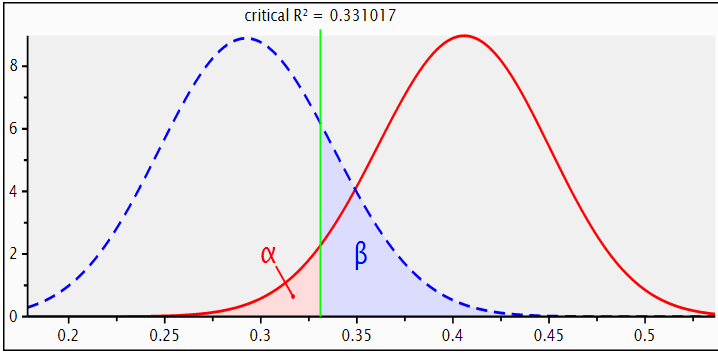Introduction
Andy defines sampling as the selection of a part of the population within an area of research, which represents the entire population when conducting a research study (526). Therefore, sampling strategy is a plan which a researcher establishes to make sure that a sample in a survey is representative of the whole population they investigate (Andy 522). There are two types of sampling strategies. The first one is a probabilistic approach, while the second is a non-probabilistic approach. In this research, the probabilistic approach is tested, which consists of five types of sampling methods. They are simple random sampling, the systematic sampling, stratified sampling, cluster sampling and multistage sampling procedures (Andy 523).
Sampling Strategy Used
The probabilistic sampling method is considered to be a more practical one. It also assists in deriving accurate results. The stratified random sampling strategy helps ensure the general population is signified in addition to the key subgroups of the people more; hence the small minority groups. It allows you to cover and talk about the minority groups in my research. In the event that the subgroup is tiny, it gives the option of using sampling fractions (f) within the strata to oversample the small group randomly (Andy 524).
The research was conducted using the stratified systematic sampling method. It incorporates a few techniques and advances such as biochemical responses, Polymerase Chain Response (PCR) and Matrix-Assisted Laser Desorption/Ionization Time of Flight Mass Spectrometry (MALDI-TOF-MS) innovation (Chava and Nachmias 256). The sample size of the research population ought to be computed and would rely on a few qualities derived from the specimen information.
The significant point of preference for utilizing this sort of technique is that it covers even the smallest areas within the study population. For example, having areas from distinctive localities and regions, and the rate is lower when spotting areas that were left untouched or not chosen.
Other Sampling Strategies and why they were not used
Other sampling strategies are helpful in research in their various fields, but they are not very desirable for this research. If the probabilistic methodology is utilized, we may risk leaving some areas untouched and ignored. Along these lines, the general point will be to use this probabilistic type of sampling, to haphazardly choose tests from diverse regions, and guarantee that samples from each population gets accepted and efficiently take an interest in the examination program and produce precise results (Chava and Nachmias 256).
The simple random sampling strategy was not used in this research because it is not a statistically efficient strategy for research questions and hypotheses (Chava and Nachmias 254). It may not give excellent representation to sub-groups within the population of my research. The systematic sampling strategy was also not used because it has a risk of bias when estimating a variable. The cluster sampling approach is useful when there is difficulty in taking a simple random sample of units of population study (Chava and Nachmias 256).
It was, therefore, not appropriate for this study since we were able to select groups randomly within our study population. Finally, the stratified sampling strategy was not used because there was a very big chance that the entire study population would not be satisfactorily represented by the last sample (Chava and Nachmias 253).
G*Power Analysis

When we run the G*Power analysis, we find that the exact sample size is 292 while the actual power is 0.8011103. Therefore, the G*Power analysis gives correct results which could to be used in creating the research objectives.
Works Cited
Andy, Field. Discovering Statistics using IBM SPSS Statistics.4th ed. Sussex, UK: SAGE Publications Ltd, 2103. Print.
Chava Frankfort-Nachmias, and D. Nachmias. Study Guide for Research Methods in the Social Sciences. 7th ed. New York: Worth Publishers, 2000. Print.